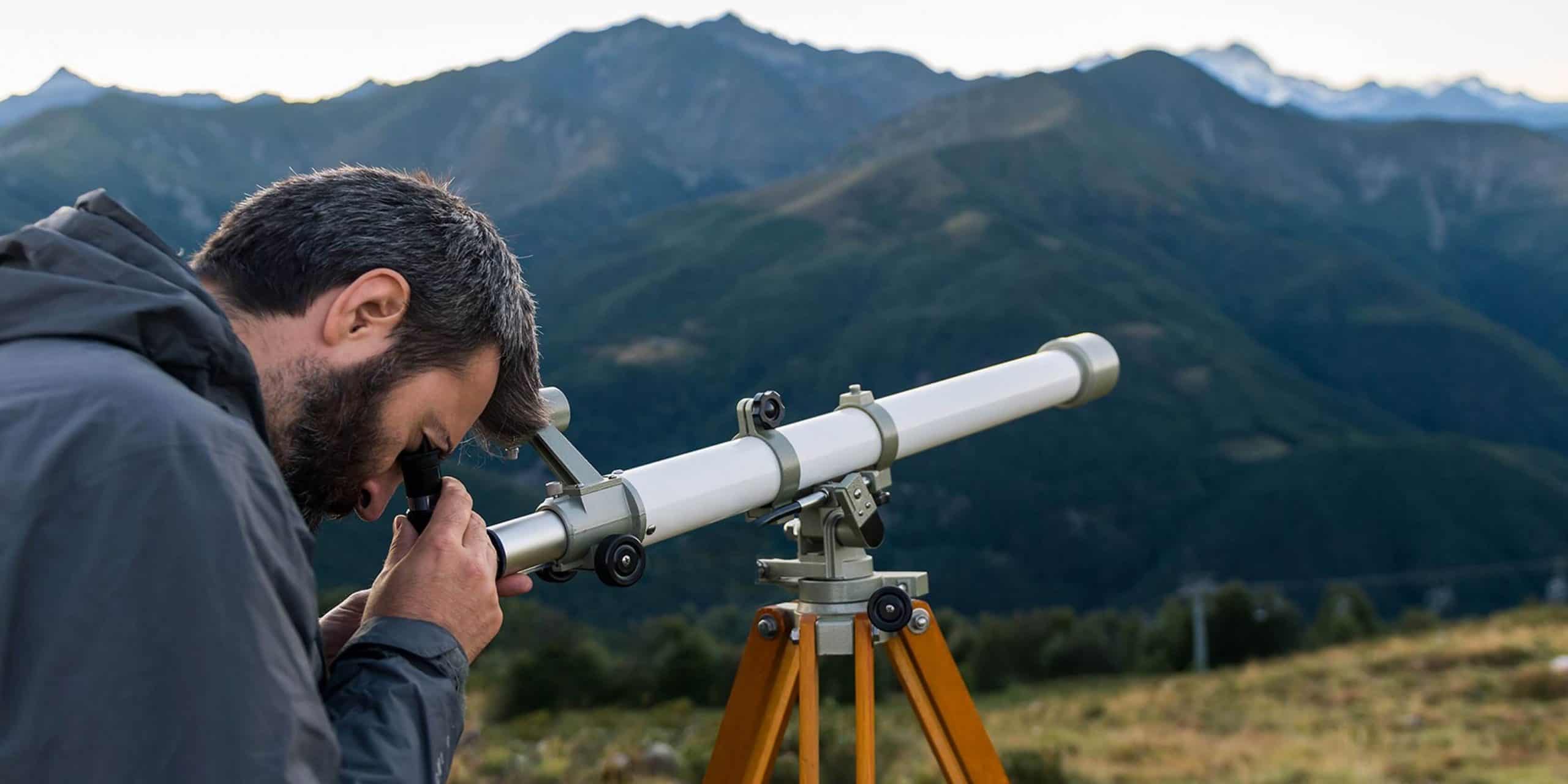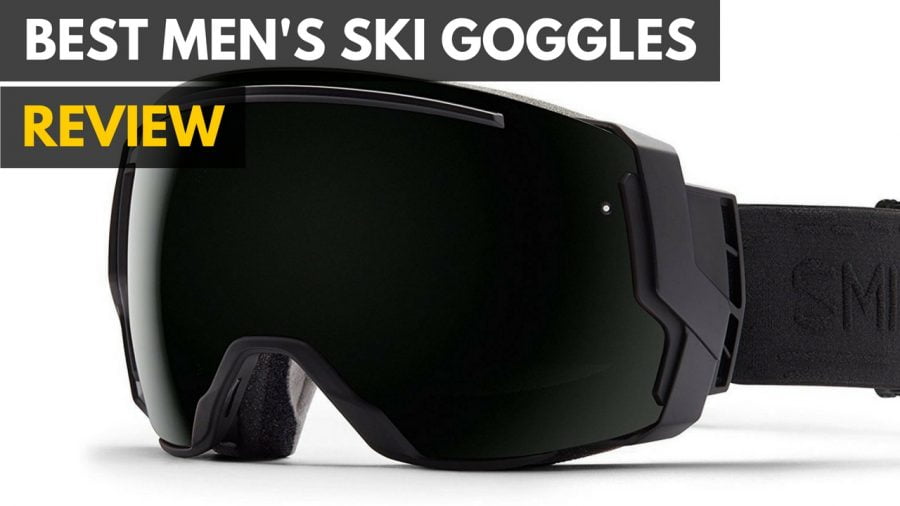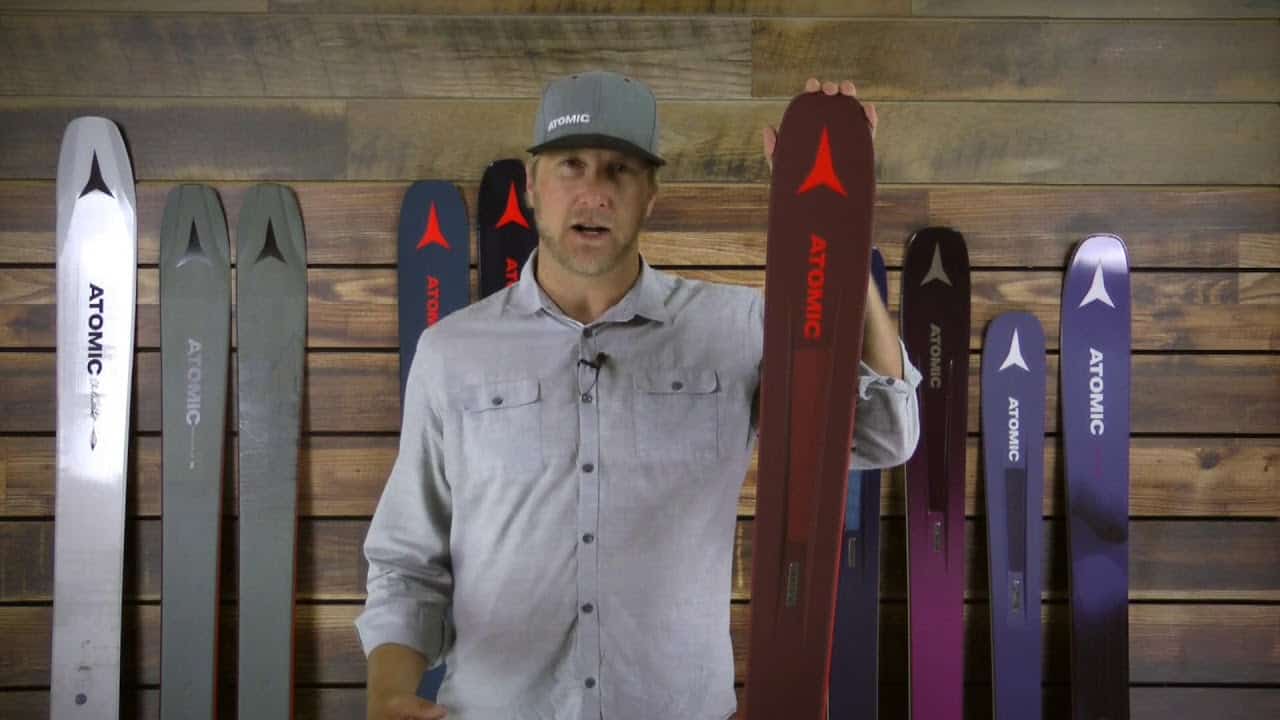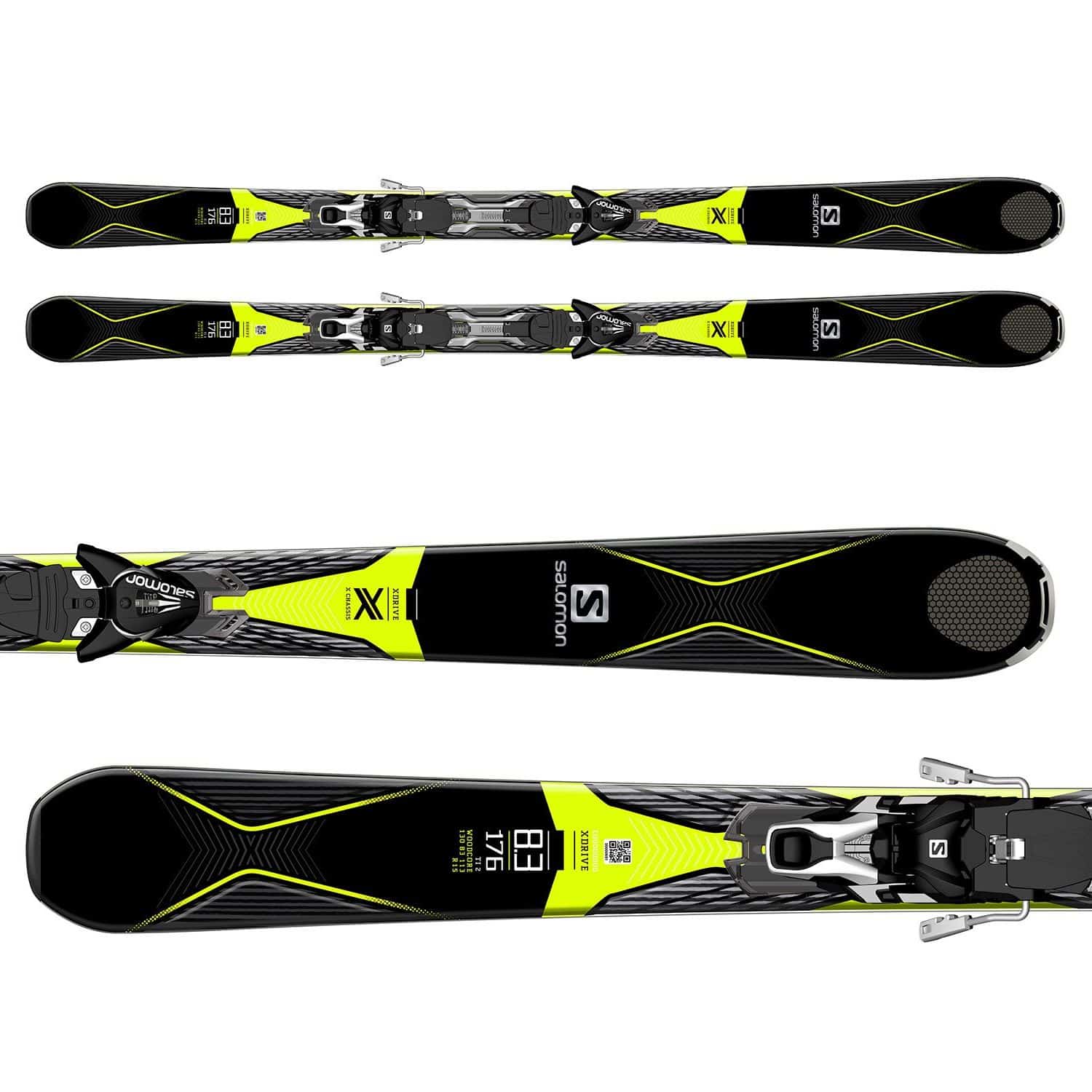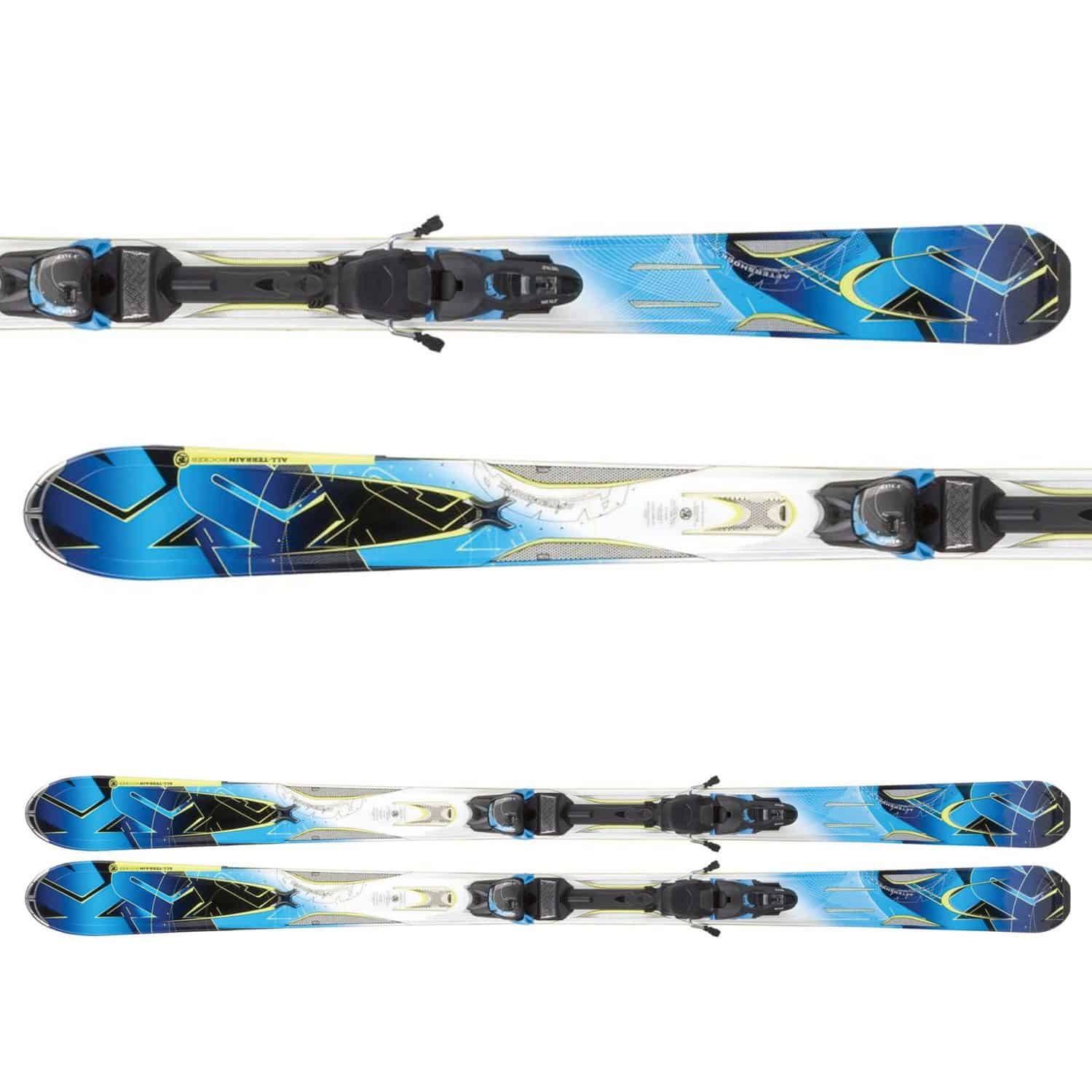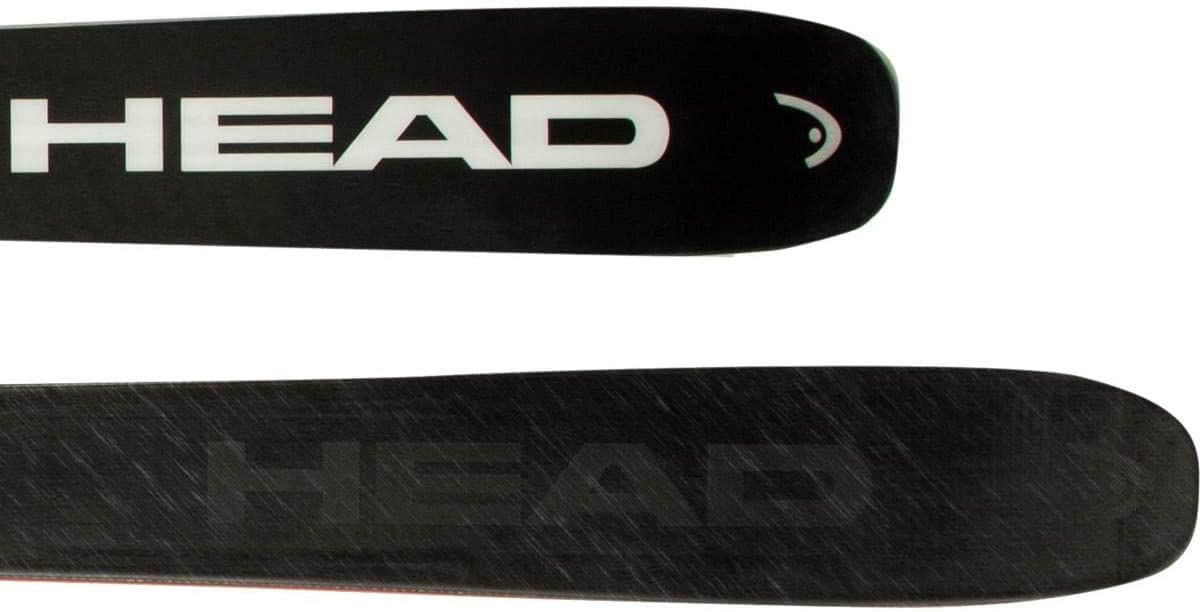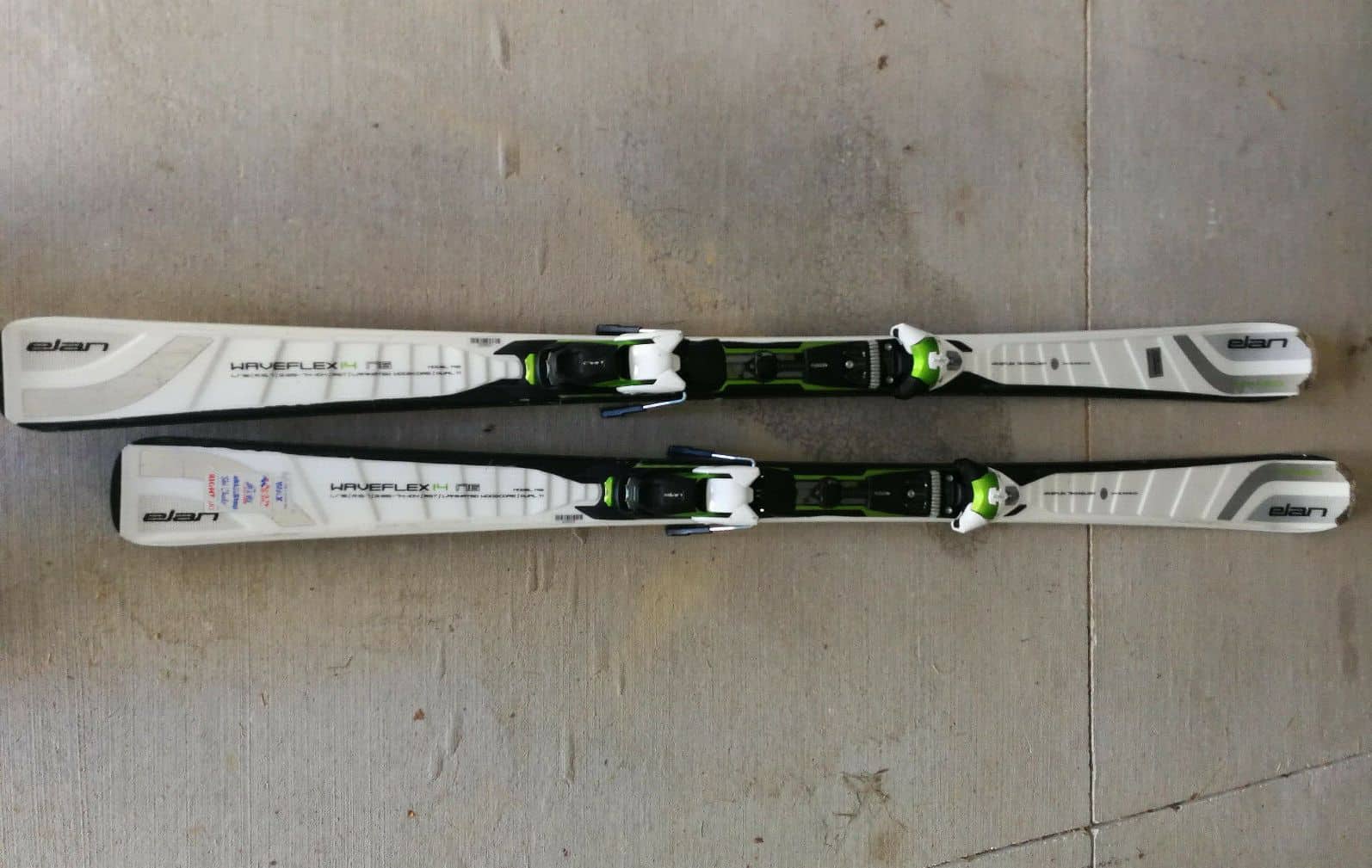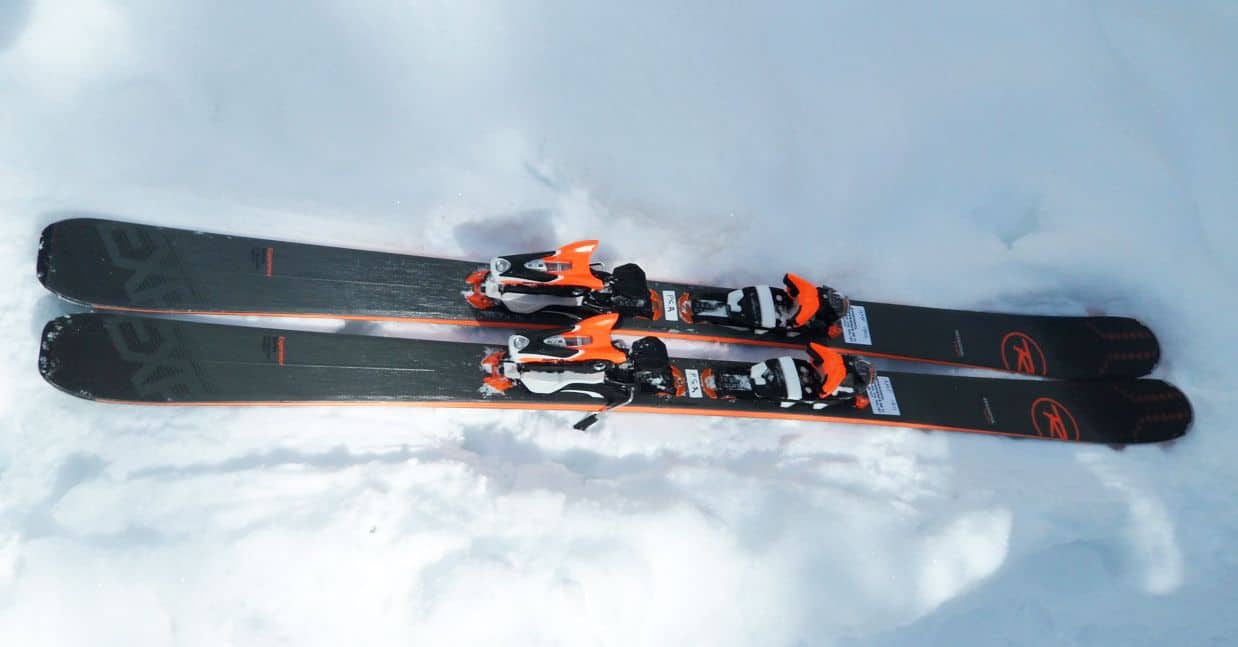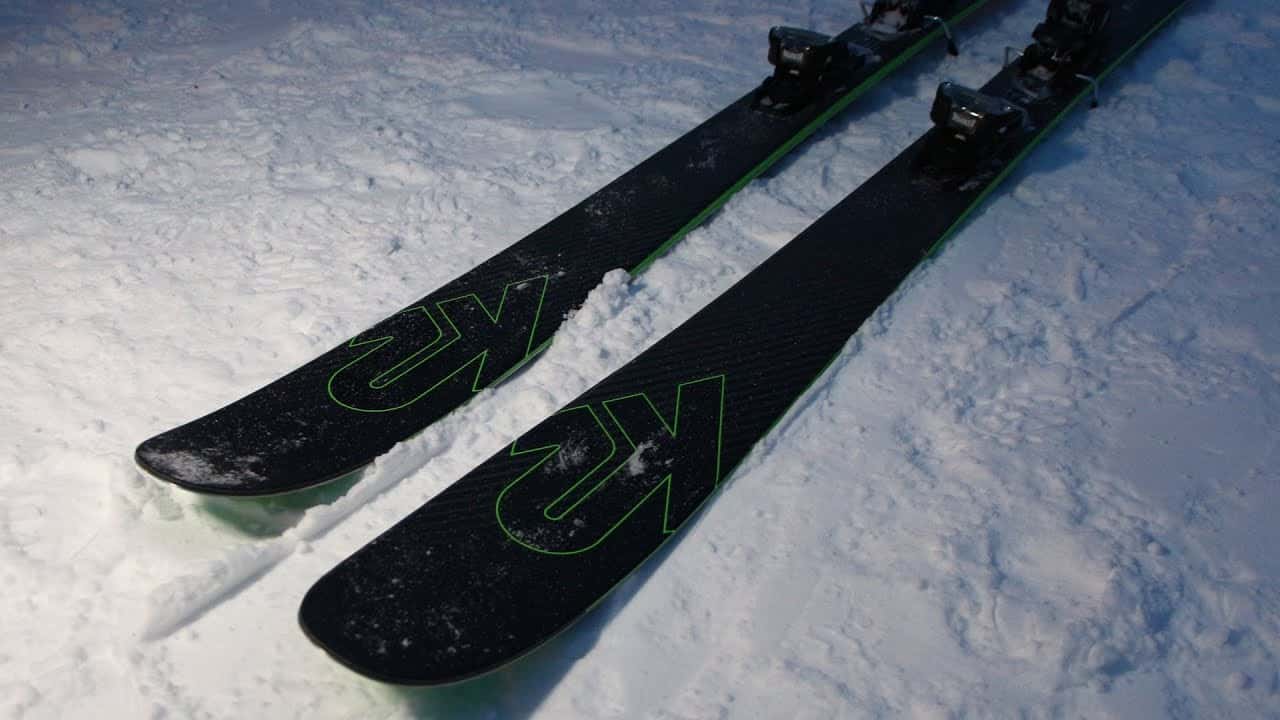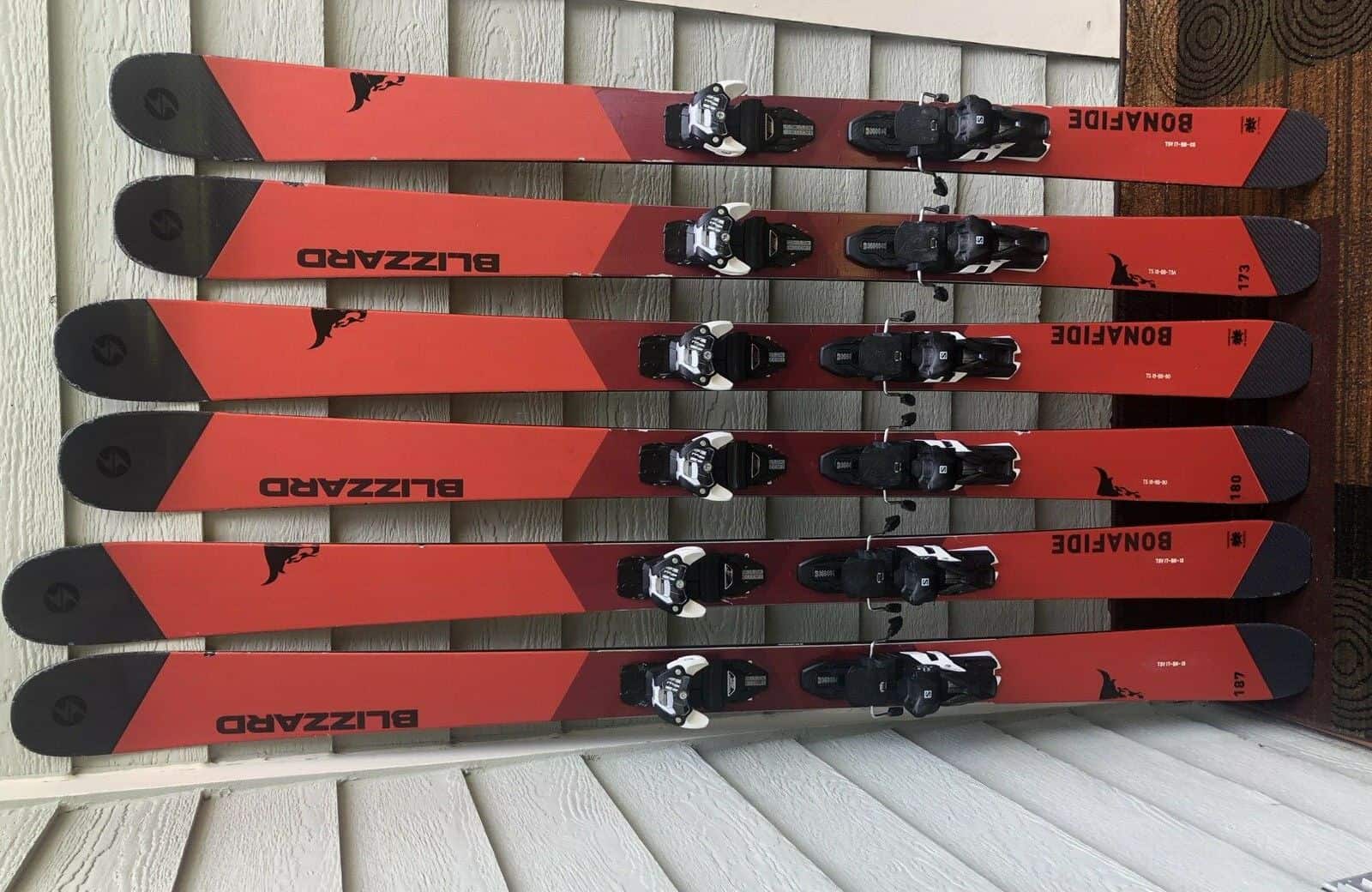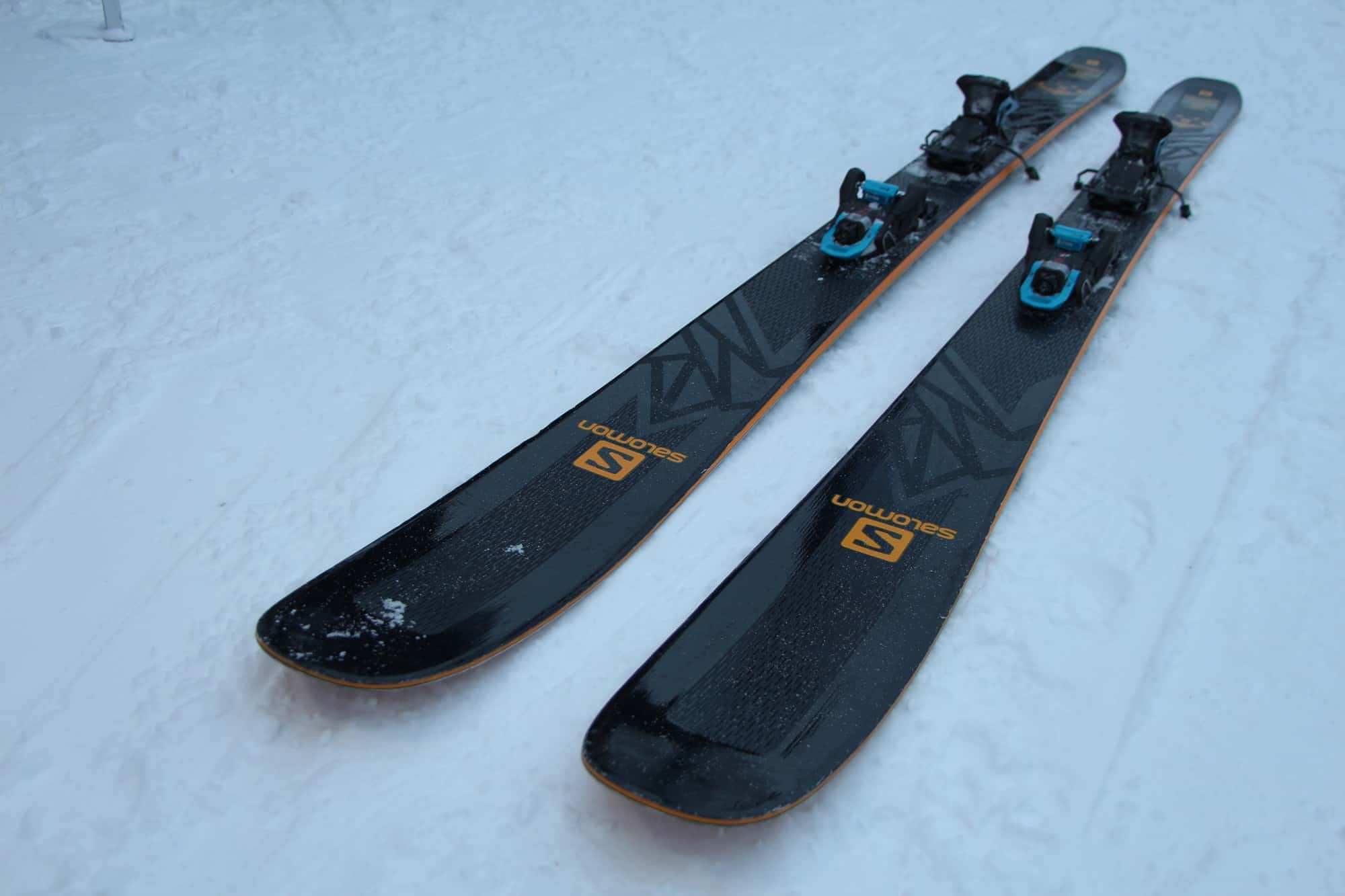We’ve all seen what skiers look like in the movies, but what does the everyday skier actually wear? What to wear skiing can be a foreign concept for many, so we’re going to break it down for you. As someone who spends more than 100 days each winter season on the mountain to teach skiing to both high-fashion adults and no-fashion kids, I’ve seen it all. I recommend the Smith IOX goggles if you are curious.
That said, there is a one fundamental thing to know about how to dress for skiing: layering. It may sound obvious, but this system is actually a surprisingly recent development in the technical outdoor world. While long understood by rugged mountain men and adventurers, the layering system is now gaining widespread use by every day recreational skiers.
Let’s learn about how to choose what to wear skiing by understanding the layering system step-by-step. Plus, don’t forget to grab your best mens ski goggles!
Why Layering
During any given day on the mountain, temperatures can swing wildly. Cold temperatures will often chill you to the bone early in the morning and late at night, while mid-day temperatures could bring hot spring sun.
To combat these changes in weather, skiers wear layers of clothing starting with a base layer. Insulation and warm layers are worn in the middle, and a “shell” is worn on the outermost layer. As the weather changes, skiers may switch from all three layers to any combination of layers, based on the current conditions. During spring skiing, it’s common to see skiers only in a thin base layer shirt, but in a storm you’ll see skiers bundled up in all three layers.
Layering provides an adjustable, adaptable system to adjust for temperature, wind, and precipitation changes on the fly.
Choosing a Base Layer
To pick a good base layer you’ll want to choose between two fabric types:
- Merino Wool
- Polyester
Your base layer’s job is to remove sweat buildup from your body and aid in the evaporation process away from your skin (known as “wicking”), thereby regulating your body temperature. It’s worth noting that cotton (such as your average t-shirt) should be avoided due to heavy moisture retention and long drying times.
 Polyester
Polyester
I recommend polyester base layers such as the Under Armour Cold Gear Mock ($49) for men. Polyester is typically much cheaper than Merino wool, and in my experience works just as well. Ladies, you’ll be pleased with the Under Armour Long Sleeve ColdGear ($45).
Pro Tip: Choose a white colored base layer to help keep you cool on those hot, sunny, spring skiing days.
Merino Wool
Some will argue that the anti-microbial properties of Merino wool and its natural fiber structure (on a microscopic level) make it a superior base layer material. Merino wool definitely takes longer to begin to develop a stink than polyester, like in the Smartwool Men’s NTS 250 mid weight top ($99). Ladies will find great performance from the Smartwool NTS 250 mid-weight top ($99).
Pro Tip: Go with a lightweight or mid-weight base layer. You can always put on a warmer jacket but if your base layer is too warm, you’ll be overheated all day. Avoid heavyweight base layers as they’re usually too hot for skiing.
Choosing an Insulation Layer
After picking out an appropriate base layer for skiing, you’ll want to narrow your sights on insulation. This second layer is all about warmth, but again, remember that skiing is a physical activity and too much insulation means sweating… a LOT.
Your choices here are between:
- Synthetic
- Down
Synthetic insulation is made from modern fibers, and helps to keep you warm even when your layers get wet. This is a major advantage over down insulation (made from goose or duck feathers) which loses much of its insulation value when wet.
Synthetic
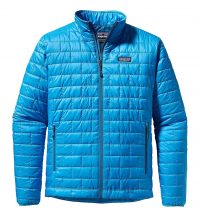 Man-made insulation retains warmth when wet and is usually much cheaper than down insulation. For this reason I recommend synthetic insulation to my clients.
Man-made insulation retains warmth when wet and is usually much cheaper than down insulation. For this reason I recommend synthetic insulation to my clients.
Patagonia makes serious outdoor clothing, and is well loved in the industry for their repairs and support. Many people report sending clothing in to Patagonia years after purchases, usually for very inexpensive repairs or replacement. It’s hard to find service like that anymore, which is why I use and recommend the Women’s Patagonia Nano Puff Jacket ($160) as well as Men’s Patagonia Nano Puff Jacket ($160).
These skiing insulation layers can be used as standalone jackets or a second layer, and are almost entirely windproof. They fold into their own front pocket for packing and carrying, and provide insane levels of warmth for a lightweight layer!
Down
Again I will recommend Patagonia here, as they have earned my trust and respect on the mountain after years of testing. A few drawbacks of down jackets in comparison to synthetic is that they are more expensive and can’t be washed conventionally, so be aware that they will require more careful attention and maintenance. But, they also pack down smaller, provide more warmth, and are lighter than synthetics overall.
Ladies will find the Women’s Patagonia Down Sweater ($230) 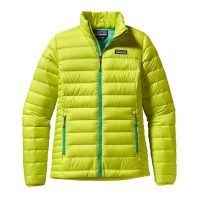 to be fashionable on the mountain, and an extremely popular choice among skiers. Guys, you’ll fit right in with the Men’s Patagonia Down Sweater ($230), though the name is slightly misleading. This down “sweater” is really a jacket and on nicer days can be worn just as easily on its own while skiing. Be careful not to hook a branch or tree with it, though, as the lightweight nylon could easily tear.
to be fashionable on the mountain, and an extremely popular choice among skiers. Guys, you’ll fit right in with the Men’s Patagonia Down Sweater ($230), though the name is slightly misleading. This down “sweater” is really a jacket and on nicer days can be worn just as easily on its own while skiing. Be careful not to hook a branch or tree with it, though, as the lightweight nylon could easily tear.
Choosing a Shell Layer
This outermost layer is meant for protection from the elements. Wind, rain, snow, or anything else mother nature might conjure up. Most often this layer is made of durable nylon with a waterproof membrane(either breathable or not). If you’re looking to save money forgoing the breathable membrane is acceptable, and won’t really make a noticeable difference.
 Jackets
Jackets
Because I find that ventilation is more important than breathable fabric, I recommend jackets and pants with vent zippers such as the Mountain Hardwear Plasmic Ion Men’s Jacket ($89) and ($66, for Women). For a more full-featured skiing shell (outer layer), try the waterproof breathable Men’s Patagonia Refugitive Jacket ($360) or the Women’s Refugitive Jacket ($380).
Pants
For the price, it’s hard to beat the Columbia Snow Gun Pants for Men ($56). While it lacks a vent zipper, I can recommend them based on my personal use. I’ve used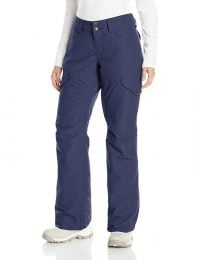 Columbia products and skiing pants for years – they remain my primary skiing pants based on value and durability. Ladies, you may find the Columbia Modern Mountain 2.0 pant ($56) to be an excellent blend of value and performance.
Columbia products and skiing pants for years – they remain my primary skiing pants based on value and durability. Ladies, you may find the Columbia Modern Mountain 2.0 pant ($56) to be an excellent blend of value and performance.
Men, for a more robust but pricier choice, try the Helly Hansen Legendary Snow Pant with thigh zippers for venting ($165). Ladies, you’ll find the Burton Fly Pants ($189) to be an equally solid option.
Either way, whatever you choose, be sure to select a pair of ski pants with a built in snow gaiter to keep powder out of your top ski boots and pants!
Conclusion
By using the layering system, a skier is able to adapt to every situation on the mountain. From cold mornings to lazy evenings, it’s all a matter or adding or subtracting layers in the comfort equation.
Remember to look for good venting options and avoid excessive insulation on your jackets, and for great ski pants look for waterproof ratings to make sitting or kneeling in the snow more comfortable. Researching and purchasing your own individual layers will give you the flexibility and customization you need to unlock a great day on the slopes, without worrying about getting too hot under the collar when the shredding heats up!
Related Articles:

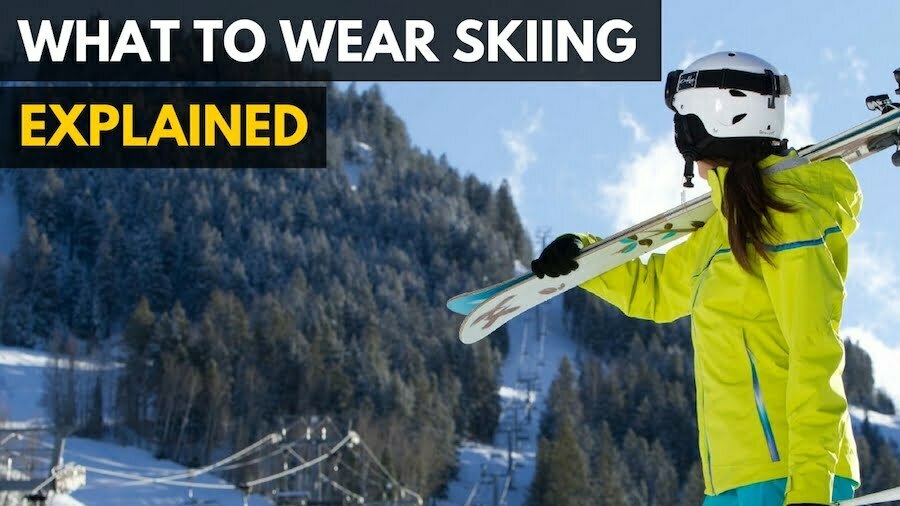

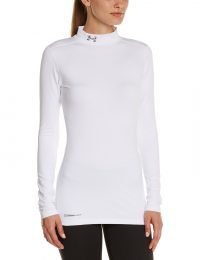
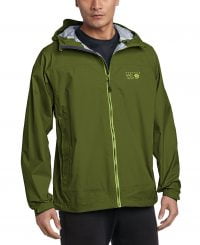












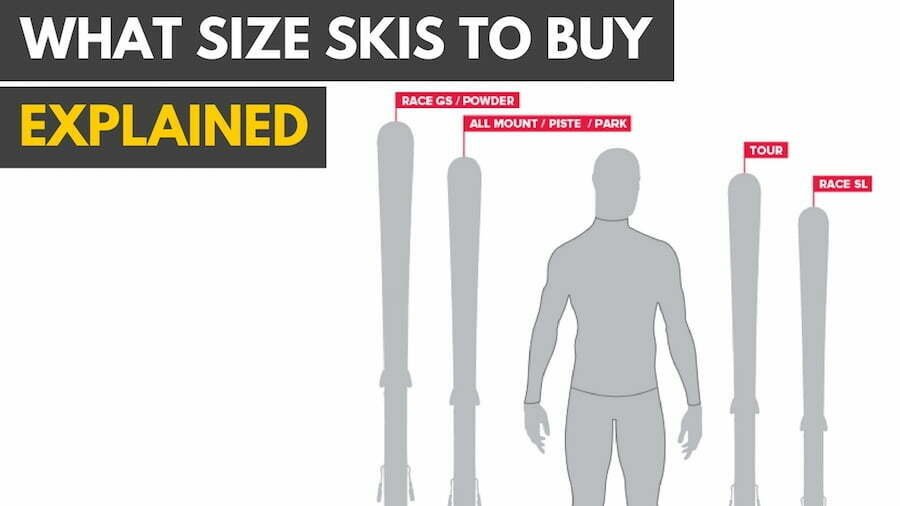
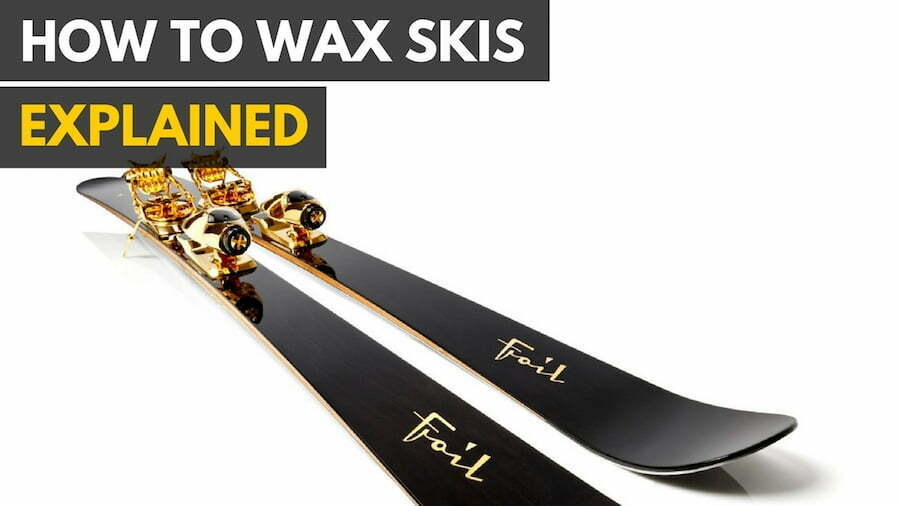
![Best Skis in [year] ([month] Reviews) 15 Best Skis in 2026 (January Reviews)](https://www.gadgetreview.dev/wp-content/uploads/Elan-Amphibio-84-Ti-Best-Skis.jpg)
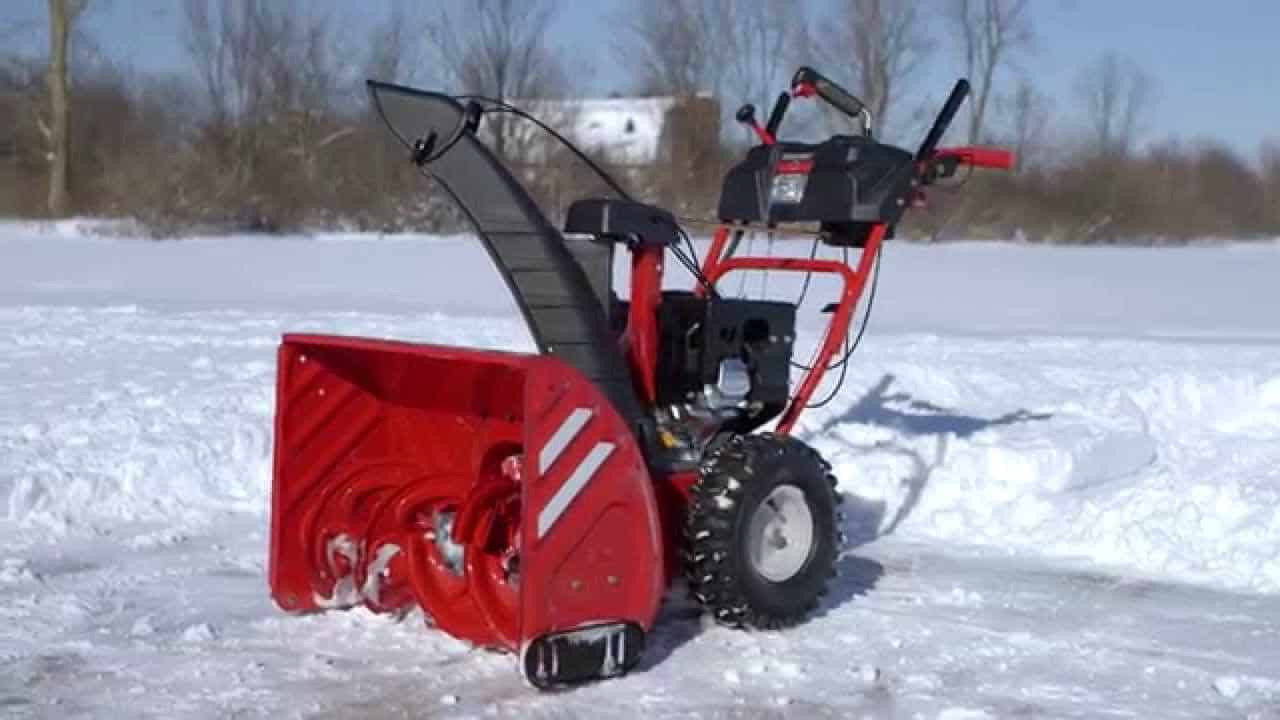
![7 Best Walkie Talkies to Stay in Contact in [year] 17 7 Best Walkie Talkies to Stay in Contact in 2026](https://www.gadgetreview.dev/wp-content/uploads/best-walkie-talkies-to-stay-in-contact.jpg)
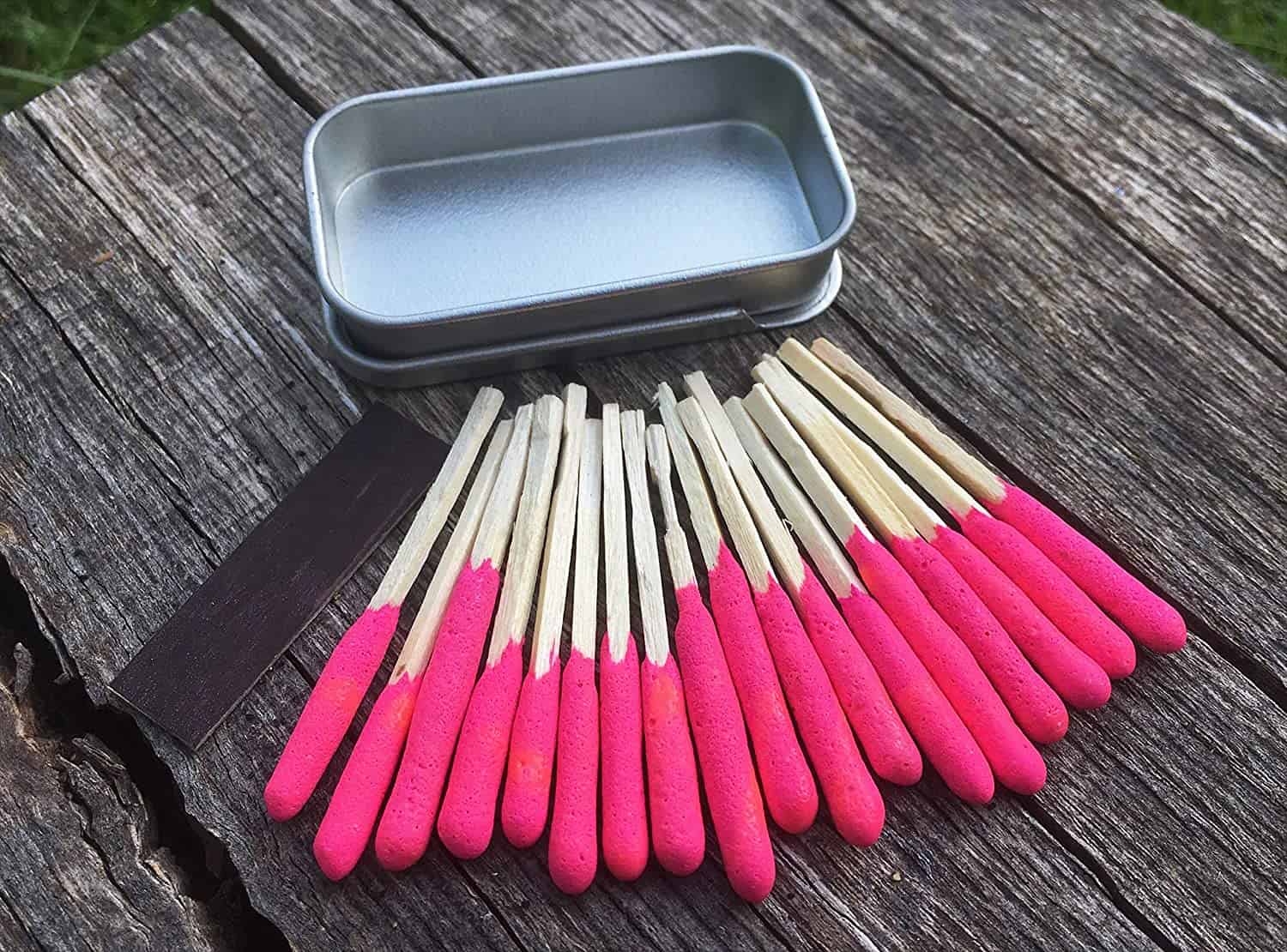
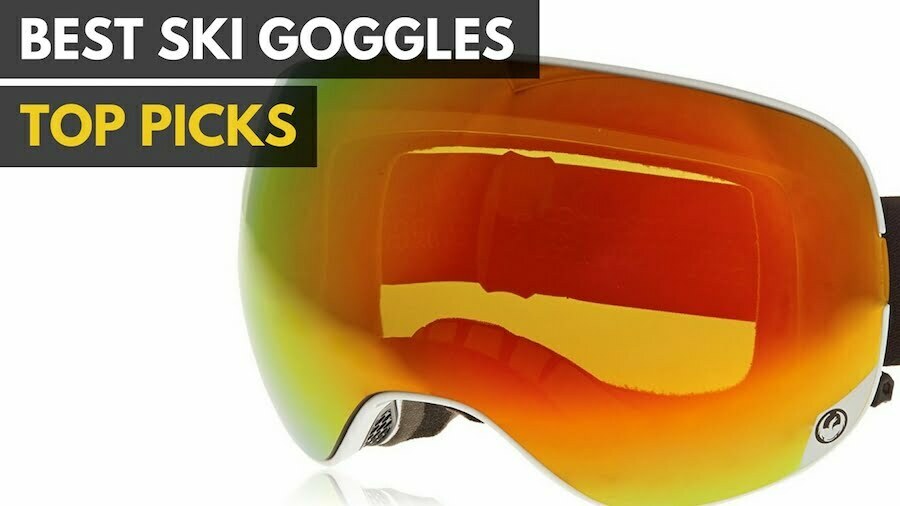
![Best Ski Boots in [year] 20 Best Ski Boots in 2026](https://www.gadgetreview.dev/wp-content/uploads/best-ski-boot.jpg)
![7 Best Carabiner in [year] 21 7 Best Carabiner in 2026](https://www.gadgetreview.dev/wp-content/uploads/best-carabiners.jpg)
![7 Best Ropes in [year] 22 7 Best Ropes in 2026](https://www.gadgetreview.dev/wp-content/uploads/best-rope.jpg)
